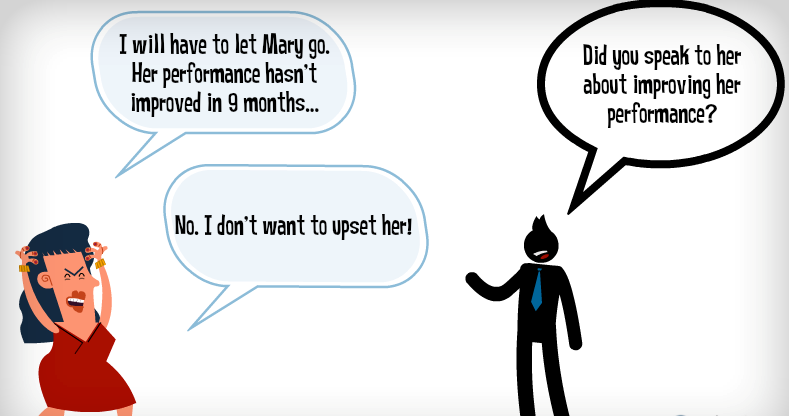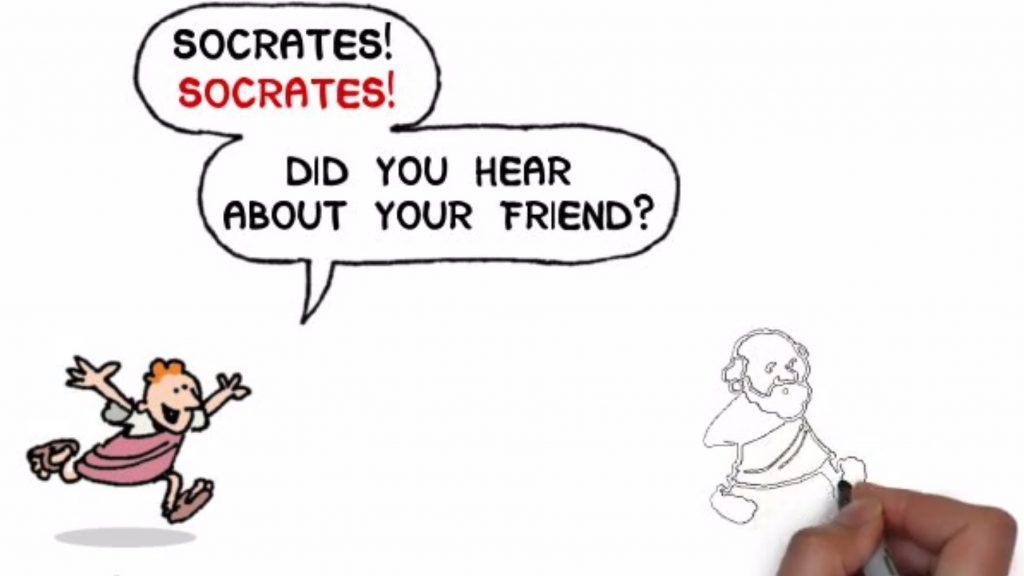At work, most of us spend more than 75% of our time communicating with others. With so much time spent in communicating it is no wonder that the root of many problems in the workplace is poor communication.
Effective communication is a vital part of the success of the individual, and organisations, whether it is a communication on the interpersonal, inter-group, internal or external levels.
Successful communicators create successful organisations.
There are many reasons for working on your communication skills and the impact can be far reaching.
Consider the benefits to your business and personal life if you could be a more effective communicator in these areas:
- With your spouse and children
- Being more assertive
- In conversation
- Develop emotional maturity
- Public speaking
- Relationships with other cultures
- Written communication
- Business letters
- Business ethics
- Workplace relations
- Conflict resolutions
- Crisis management
- Customer relations
- Creative thinking
- Meetings and appointments
- Job hunting
- Management strategies
- Marketing efforts
- Negotiating skills
- Networking
- Presentations
- Telephone marketing
Your communication skills are a part of how others will judge you. If you improve your skills as a communicator you will increase the likelihood that others will improve the way they treat you and regard you.
Read the statements below. Imagine that your boss has said each of these statements to you:
- I have an issue regarding your performance
- There is a problem regarding your performance
- I have some feedback regarding your performance
- We need to talk about your performance
How did you react to each of the statements? Did you react differently to each of them? Did each statement raise a different emotion? Did you want to respond to each of them in a different manner?
Now consider how different people you know could react differently to each of these very similar statements.
The choice of the first 4 words in each statement has significant impact on the success of the communication. These words are so powerful that they will drive perceptions about how much the communicator cares about the other person.
The perceptions and reactions to all four statements will vary from one individual to the next, depending on their background and experiences. The scary thing is you will never know just what the thing was that triggered someone’s reaction to your communication.
They may not know either. But the real thing is – they will have a reaction and once the reaction occurs it is very difficult to undo or change that initial reaction.
So a better, more effective, happier way is to get the communication right in the first place.
Understand here and now that for any communication to work you must take 100% responsibility for that communication. This does not mean that you have to force the other person to listen to you, and they have to understand and accept what you are saying.
It means that it is up to you to make sure all the criteria for a good communication are met before you start to speak
Reasons Why We Don’t Always Communicate Effectively
So why don’t we all have great communications all the time? It’s only words, and we all know lots of words. What holds us back?
Good communication skills begin with good manners – respect for the other person and respect for yourself. You show respect for the other person by listening fully and showing that you understand what that person means. You respect yourself when you put forward your own thoughts and comments without aggression.
To complete a good communication each person must give and receive. A bad communication is often governed by bad habits which will interfere with the direction and intention of the communicating parties. Anything that blocks the meaning of a communication is a barrier.
Some of these barriers are:
- judging
- giving solutions
- interrupting
- Ignorance
- not listening fully
- not paying full attention
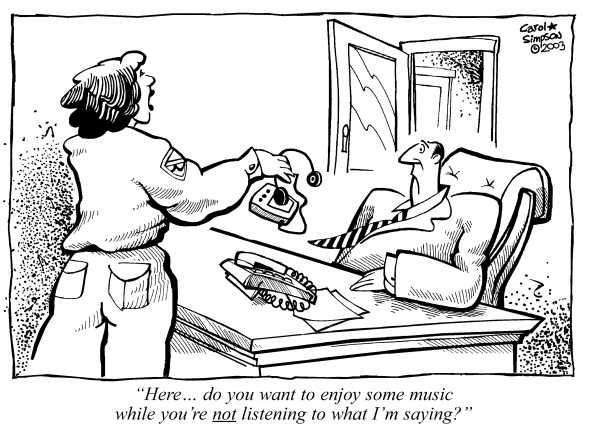
- too busy
- bad timing
- arrogance
- social conditions
- ignoring the other person’s issues
- avoiding the other person’s concerns
- internal values & belief systems
- bad manners
- laziness
- reaction rather than deliberation
- limiting perspectives
- pre-conceived ideas
- not thinking before speaking
- careless use of words
- not realising how important words really are
- not taking responsibility for the communication
- believing communication is a 50-50 deal
- communication skills
Bad habits in conversations
Here are some bad habits in conversations which are guaranteed to prevent effective communication. They all block the meaning of what is really intended and create a response in the other person that is negative.
(By the way, if it is your intention to be negative and shut down the communication you are having with the other person, then here are some fine examples).
Criticising: – You know, it’s all your own fault
Insulting: – If you weren’t so stupid it wouldn’t have happened
Judging: – Well, that will never work
Using comments like these in a communication with another person shows that you are judging them, and imposes your point of view over theirs. The other person will feel offended and will react in a defensive manner.
Moralising: – You know you have to apologise for that, don’t you.
Ordering: – Do it now!
Threatening: – Do it now, or else.
Inappropriate & excessive questioning: – What happened? Who saw you? Is it your fault?
These comments are going to prevent effective communication because they are authoritative, controlling and judgmental. These comments are attempting to dictate how the other person should deal with the situation at hand.
Regardless of whether your intention was to be caring or to just get the job done, the result will be poor. You will not be able to communicate well when using these sort of comments as the other person will get their back up at being treated as if they cannot manage their own problems, and resentment will grow.
Deflecting: – That’s nothing. You should hear what happened to me.
Logics: – Well, if you go out on your own at night you can expect to get mugged.
Superior Smugness: – You’re young, you’ll get over it.
These comments all avoid and brush off the other person’s concerns. They keep you emotionally distant from the other person. These comments work to make you feel more comfortable; they are of no comfort at all to the other person and will always be a barrier to good communication.
Another interesting perception that leads to ineffective communication is the belief that ‘This is as good as it gets.’ We have learned to accept poor communication as being acceptable, it’s ok that things go pear shaped because that’s what communication is – really hard and this is the best I can do. Very few people have experienced excellent communication so we don’t know how good it can get. We already think we have it as good as it can get. Because it is a common thing – talking, speaking and communicating – we think that we all know how to communicate well.
The scenarios detailed above do not always result in a negative communication, but they are high risk responses and do not go along the safest path. They are responses people use when they are under stress or just don’t stop to think about what is the best way to communicate in the current situation.
These poor communications will block the feelings of the other person and they will be less inclined to communicate in an open, honest and constructive manner. Ineffective communication will not benefit the individuals involved nor their abilities to solve problems and resolve issues.
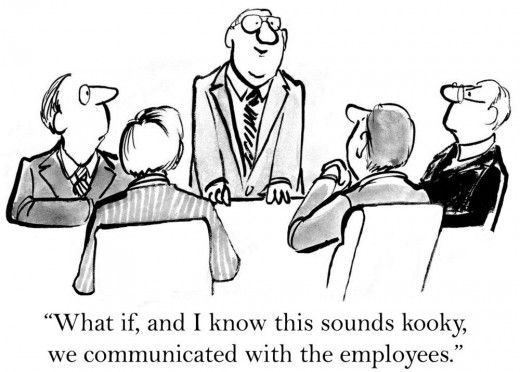
People tend to use these responses most of the time. No wonder that there are so many communication problems, misunderstandings and conflicts that arise out of nowhere.
Understand right now that if you have ever experienced any of the above situations, spoken those phrases, or had them spoken to you – then you have experienced ineffective communication.
The good news is that is it not hard to be a great communicator. You just need to use the right tools……




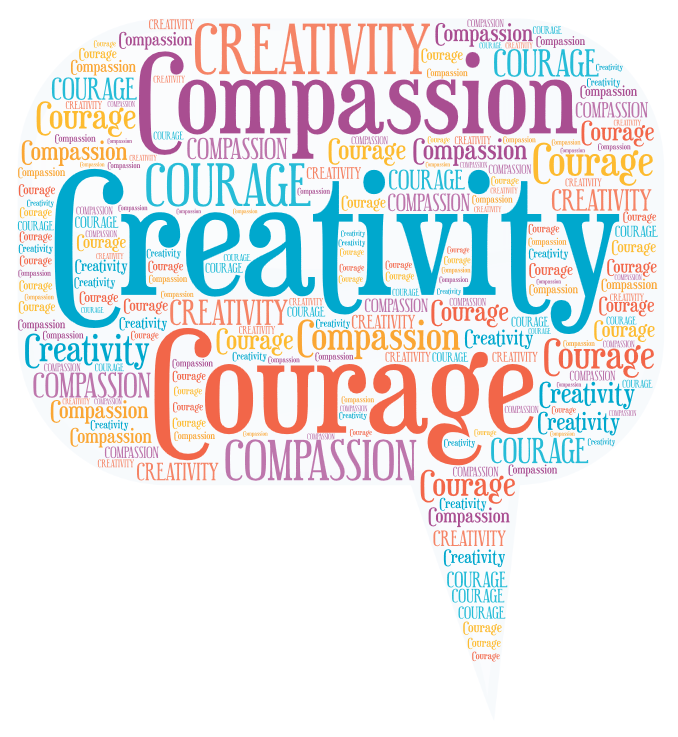
 it – the heart! Without trust, we cannot access emotions with and for other people. When we disconnect from our heart, then our head and gut take over.
it – the heart! Without trust, we cannot access emotions with and for other people. When we disconnect from our heart, then our head and gut take over.
 Now think about what ‘hat’ you need to wear to have this conversation. And how you will ensure the other person is clear what hat you are wearing. If we are not sure of what hat we are wearing, it will be confusing to those we interact with. And we are likely to confound the matter by playing different roles.
Now think about what ‘hat’ you need to wear to have this conversation. And how you will ensure the other person is clear what hat you are wearing. If we are not sure of what hat we are wearing, it will be confusing to those we interact with. And we are likely to confound the matter by playing different roles.